Fraxinus chinensis
Fraxinus chinensis
1. The products in our compound library are selected from thousands of unique natural products; 2. It has the characteristics of diverse structure, diverse sources and wide coverage of activities; 3. Provide information on the activity of products from major journals, patents and research reports around the world, providing theoretical direction and research basis for further research and screening; 4. Free combination according to the type, source, target and disease of natural product; 5. The compound powder is placed in a covered tube and then discharged into a 10 x 10 cryostat; 6. Transport in ice pack or dry ice pack. Please store it at -20 °C as soon as possible after receiving the product, and use it as soon as possible after opening.
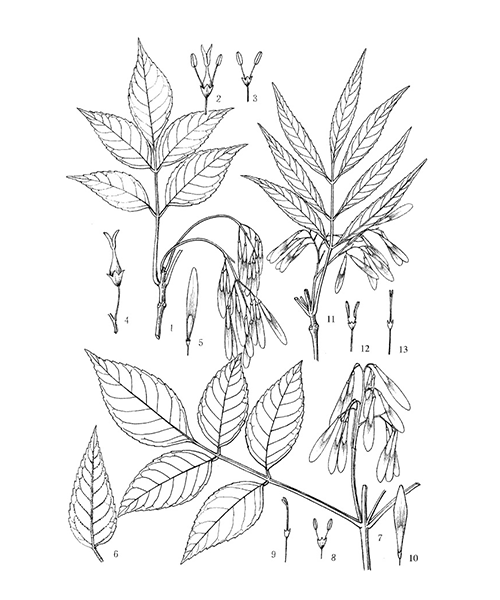
Natural products/compounds from Fraxinus chinensis
- Cat.No. Product Name CAS Number COA
-
BCN6186
4-Hydroxy-3,5-dimethoxybenzaldehyde134-96-3
Instructions
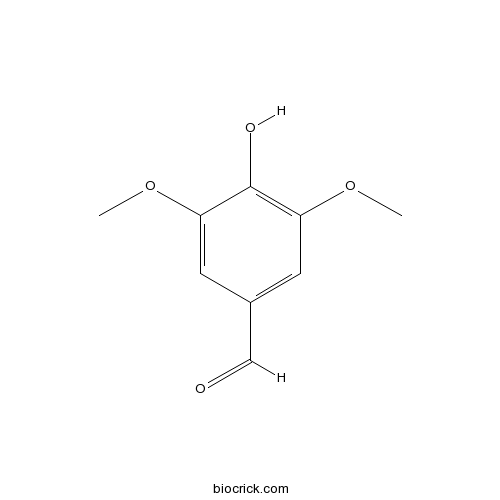
-
BCN6299
Silymarin22888-70-6
Instructions
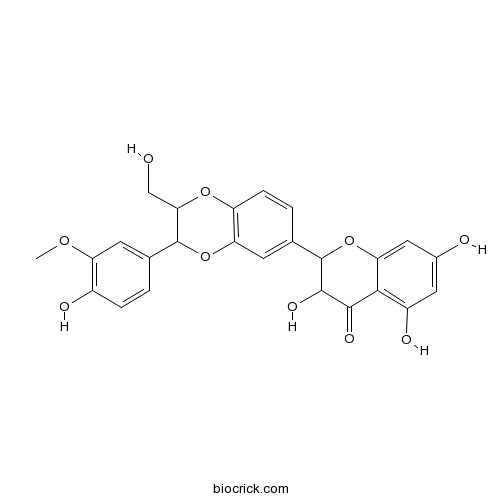
-
BCN5905
6,7-Dihydroxycoumarin305-01-1
Instructions
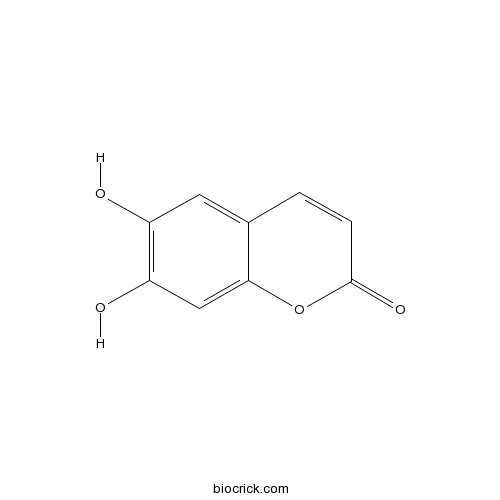
-
BCN1237
Fraxin524-30-1
Instructions
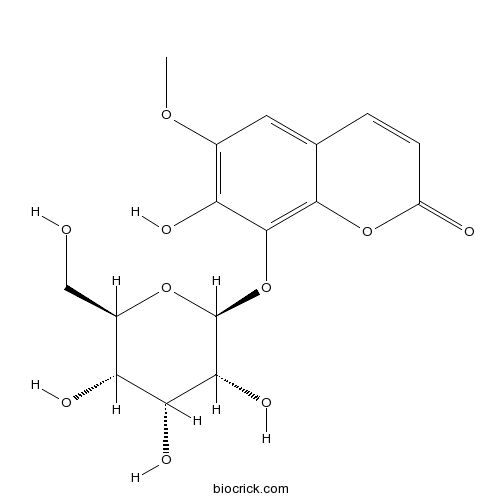
-
BCN5904
Esculin531-75-9
Instructions
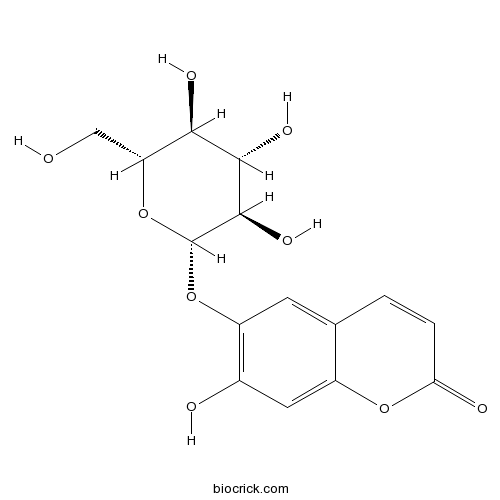
-
BCN5903
Fraxetin574-84-5
Instructions
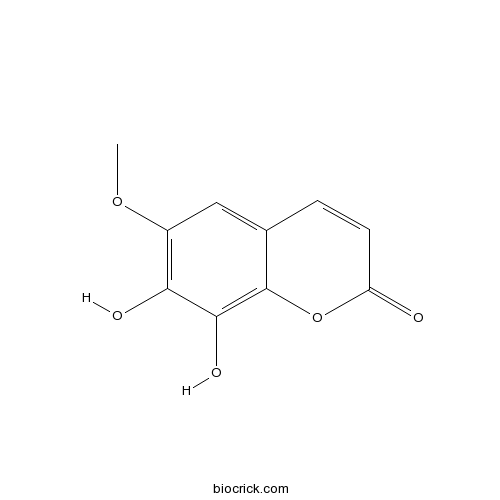
-
BCN4582
Isoscopoletin776-86-3
Instructions
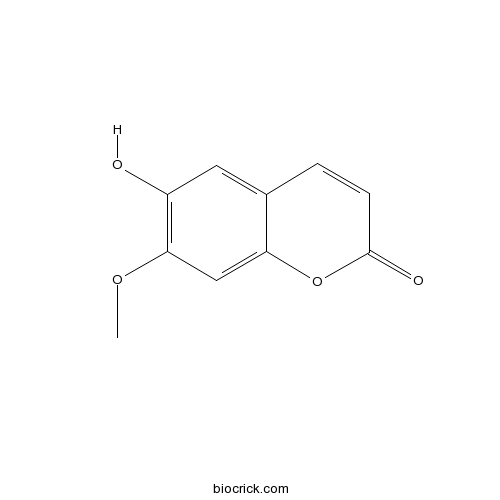
The leaf phenophase of deciduous species altered by land pavements.[Pubmed: 29404687]
It has been widely reported that the urban environment alters leaf and flowering phenophases; however, it remains unclear if land pavement is correlated with these alterations. In this paper, two popular deciduous urban trees in northern China, ash (Fraxinus chinensis) and maple (Acer truncatum), were planted in pervious and impervious pavements at three spacings (0.5 m × 0.5 m, 1.0 m × 1.0 m, and 2.0 m × 2.0 m apart). The beginning and end dates of the processes of leaf budburst and senescence were recorded in spring and fall of 2015, respectively. The results show that leaf budburst and senescence were significantly advanced in pavement compared to non-pavement lands. The date of full leaf budburst was earlier by 0.7-9.3 days for ash and by 0.3-2.3 days for maple under pavements than non-pavements, respectively. As tree spacing increases, the advanced days of leaf budburst became longer. Our results clearly indicate that alteration of leaf phenophases is attributed to land pavement, which should be taken into consideration in urban planning and urban plant management.
The sentinel tree nursery as an early warning system for pathway risk assessment: Fungal pathogens associated with Chinese woody plants commonly shipped to Europe.[Pubmed: 29186190]
Introduction of and invasion by alien plant pathogens represents the main cause of emerging infectious diseases affecting domesticated and wild plant species worldwide. The trade in living plants is the most common pathway of introduction. Many of the alien tree pathogens recently introduced into Europe were not previously included on any quarantine lists. To help determine the potential risk of pest introduction through trading of ornamental plants, a sentinel nursery was established in Beijing, China in 2008. The sentinel nursery planting included four of the most common ornamental woody species shipped to Europe including Ilex cornuta var. fortunae, Zelkova schneideriana, Fraxinus chinensis and Buxus microphylla. Symptoms developing on these species within the sentinel nursery were detected in 2013 and consisted of necrotic spots on leaves, canker and stem necrosis, shoot blight and shoot necrosis. Fungi associated with the trees and their symptoms included Alternaria alternata detected from all hosts; Diaporthe liquidambaris and Diaporthe capsici from bark and leaf necrosis of Zelkova schneideriana; Botryosphaeria dothidea and Nothophoma quercina from stem cankers on Fraxinus chinensis and leaf necrosis on Ilex cornuta; and Pseudonectria foliicola from leaf necrosis on Buxus microphylla. Next generation sequencing analysis from asymptomatic tissues detected eighteen OTU's at species level among which some taxa had not been previously recorded in Europe. These results clearly demonstrate that looking at trees of internationally traded species in the region of origin can reveal the presence of potentially harmful organisms of major forestry, landscape or crop trees. Results of this study also provide an indication as to how some disease agents can be introduced using pathways other than the co-generic hosts. Hence, sentinel nurseries represent one potential mechanism to address the current lack of knowledge about pests in the countries from where live plants are shipped and the threats they represent to native flora and crops in importing countries.
Pollution resistance assessment of existing landscape plants on Beijing streets based on air pollution tolerance index method.[Pubmed: 27326901]
Various plant species of green belt in urban traffic area help to reduce air pollution and beautify the city environment. Those plant species growing healthily under long-term atmospheric pollution environment are considered to be resilient. This study aims to identify plant species that are more tolerant to air pollution from traffic and to give recommendations for future green belt development in urban areas. Leaf samples of 47 plant species were collected from two heavy traffic roadside sites and one suburban site in Beijing during summer 2014. Four parameters in leaves were separately measured including relative water content (RWC), total chlorophyll content (TCH), leaf-extract pH (pH), and ascorbic acid (AA). The air pollution tolerance index (APTI) method was adopted to assess plants' resistance ability based on the above four parameters. The tolerant levels of plant species were classified using two methods, one by comparing the APTI value of individual plant to the average of all species and another by using fixed APTI values as standards. Tolerant species were then selected based on combination results from both methods. The results showed that different tolerance orders of species has been found at the three sampling sites due to varied air pollution and other environmental conditions. In general, plant species Magnolia denudata, Diospyros kaki, Ailanthus altissima, Fraxinus chinensis and Rosa chinensis were identified as tolerant species to air pollution environment and recommend to be planted at various location of the city, especially at heavy traffic roadside.
Differences in ozone sensitivity among woody species are related to leaf morphology and antioxidant levels.[Pubmed: 27217527]
Ozone (O3) sensitivity varies greatly among plant species. Leaf traits such as stomatal conductance, antioxidant capacity and leaf morphology and anatomy may play important roles in controlling this variation, but the relative contributions of each trait remain elusive. In this study, we examined the differences in O3 sensitivity among 29 deciduous and evergreen woody species used for urban greening in China in an open-top chamber experiment. Elevated O3 caused visible injury and reductions in net photosynthesis, and these effects differed significantly among species. The deciduous species Sorbaria sorbifolia, Hibiscus syriacus and Fraxinus chinensis were the most sensitive, while evergreen species ranked among the most tolerant. O3 sensitivity was linked to both low leaf mass per area (LMA) and low leaf area-based antioxidant levels, but not to variation in leaf mass-based antioxidant levels or stomatal conductance. The well-known and easily measured leaf trait LMA thus represents a potentially useful metric for O3 risk assessment and for selecting appropriate species for urban greening in O3-polluted areas.
A new species of Shaanxiana (Lepidoptera: Lycaenidae) from southern China.[Pubmed: 26624170]
Shaanxiana australis sp. nov. (Theclinae: Theclini) is described from southern China, representing a new taxon of the genus and a remarkable known geographical range extension of the genus. The larval host plant of S. australis is unknown, but the most likely candidate is Fraxinus chinensis (Oleaceae), because congeneric Shaanxiana takashimai use Fraxinus spp. as larval hosts, and F. chinensis is known to grow at the type locality of S. australis.
Pseudoxanthomonas humi sp. nov., a bacterium isolated from rhizospheric soil of Fraxinus chinensis in Gyeonggi Province, South Korea.[Pubmed: 26443534]
A novel bacterial strain THG-MM13(T) was isolated from rhizospheric soil sample and was characterized by using a polyphasic approach. Cells were Gram-reaction-negative, non-motile and rod-shaped. The strain was aerobic, catalase and oxidase positive, and optimum growth temperature and pH were 28 °C and 7.0, respectively. On the basis of 16S rRNA gene sequence analysis, strain THG-MM13(T) (KM598260) belongs to the genus Pseudoxanthomonas and is most closely related to Pseudoxanthomonas wuyuanensis KCTC 23877(T) (97.4 %) (JN247803), followed by Pseudoxanthomonas koreensis KCTC 12208(T) (96.7 %) (AY550263) and Pseudoxanthomonas yeongjuensis KACC 11580(T) (96.7 %) (DQ438977). The DNA G + C content was 63.7 mol%, and the predominant respiratory quinone was ubiquinone-8. The major polar lipids were diphosphatidylglycerol and phosphatidylethanolamine. The major fatty acids were iso-C15:0 (31.3 %) and iso-C16:0 (19.3 %). The DNA-DNA relatedness value between strain THG-MM13(T) and P. wuyuanensis KCTC 23877(T) was below 50 %. The DNA-DNA hybridization result and results of the genotypic analysis in combination with chemotaxonomic and physiological data demonstrated that strain THG-MM13(T) represented a novel species within the genus Pseudoxanthomonas, for which the name Pseudoxanthomonas humi is proposed. The type strain is THG-MM13(T) (=KACC 18280(T) = CCTCC AB 2015122(T)).
Determinants of stomatal sluggishness in ozone-exposed deciduous tree species.[Pubmed: 24631608]
Our knowledge of ozone effects on dynamic stomatal response is still limited, especially in Asian tree species. We thus examined ozone effects on steady-state leaf gas exchange and stomatal dynamics in three common tree species of China (Ailanthus altissima, Fraxinus chinensis and Platanus orientalis). Seedlings were grown and were exposed to three levels of ozone in open-top chambers (42, 69, 100 nmol mol(-1) daylight average, from 09:00 to 18:00). At steady-state, ozone exposure induced an uncoupling of photosynthesis and stomatal conductance, as the former decreased while the latter did not. Dynamic stomatal response was investigated by cutting the leaf petiole after a steady-state stomatal conductance was reached. Ozone exposure increased stomatal sluggishness, i.e., slowed stomatal response after leaf cutting, in the following order of sensitivity, F. chinensis>A. altissima>P. orientalis. A restriction of stomatal ozone flux reduced the ozone-induced sluggishness in P. orientalis. The ozone-induced impairment of stomatal control was better explained by stomatal ozone flux per net photosynthesis rather than by stomatal ozone flux only. This suggests that ozone injury to stomatal control depends both on the amount of ozone entering a leaf and on the capacity for biochemical detoxification or repair. Leaf mass per area and the density of stomata did not affect stomatal sluggishness.


